Ardi txikia, beti bildots.
The small sheep, always a lamb.

These proverbs were collected by Jon Aske. For the full list, along with the origin and interpretation of each proverb, click this link.
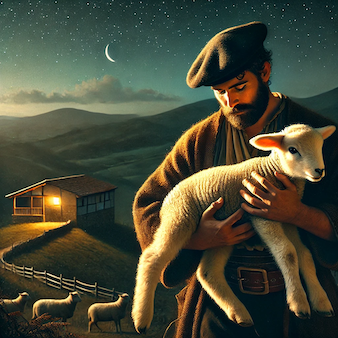
Ardi txikia, beti bildots.
The small sheep, always a lamb.


It is seemingly part of human nature that we most vehemently attack that which is somehow a part of us. Pierre de Lancre was no different. One of the most infamous persecutors of Basque witches, he himself had Basque ancestry, an ancestry that his family seemed to deny. De Lancre felt that all aspects of the Basque culture reflected the inherent tendency of Basques toward evil.

A full list of all of Buber’s Basque Facts of the Week can be found in the Archive.
Primary sources: Arozamena Ayala, Ainhoa; Elia Itzultzaile automatikoa. Lancre, Pierre de. Auñamendi Encyclopedia, 2025. Available at: https://aunamendi.eusko-ikaskuntza.eus/en/lancre-pierre-de/ar-84793/; Pierre de Lancre, Wikipedia; Pierre de Lancre, Wikipedia

Ardi galdua atzeman daiteke, aldi galdua berriz ez.
One may recover a lost sheep, but not lost time.




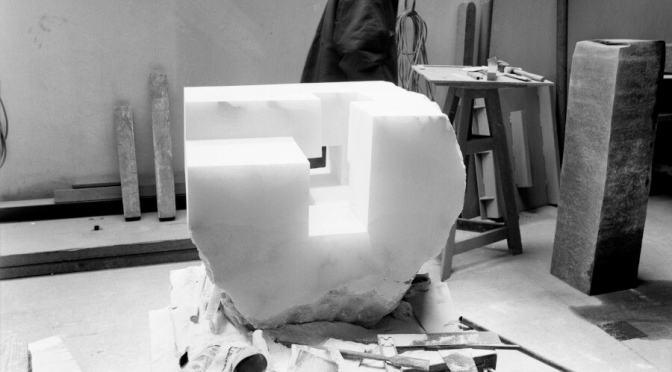
One of the aspects of Basque culture that has always fascinated me is the mix of tradition with the most cutting edge ideas. Growing up in the Basque communities of the American West, I was exposed more to the traditional aspects of the culture – the dancing, the singing – and less to the avant garde that seems to define much of modern Basque culture, such as the radical rock. Basque art is no different, with some of the most important artists working in abstract spaces that, while feeling counter to the ancient traditions, are still rooted in them. Perhaps the most famous Basque sculptor, Eduardo Chillida epitomized this dichotomy.

A full list of all of Buber’s Basque Facts of the Week can be found in the Archive.
Primary sources: Zabalaga-Leku. Hernani; Elia Itzultzaile automatikoa. Chillida Juantegui, Eduardo. Auñamendi Encyclopedia. Available at: https://aunamendi.eusko-ikaskuntza.eus/en/chillida-juantegui-eduardo/ar-36023/; Eduardo Chillida, Wikipedia
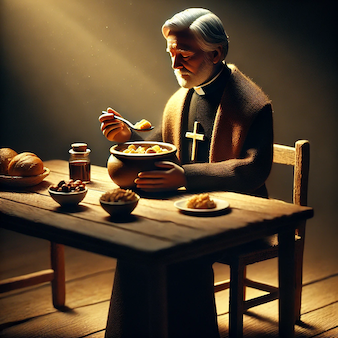
Apaizaren eltzea, txikia baina betea.
The priest’s pot is small, but always full.
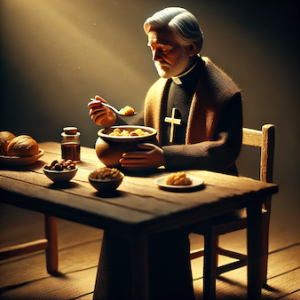

Basques have long been associated with whaling. Records as far back as 670 highlight the importance that whale hunting was to the Basque economy and their way of life. However, the people that inhabited the region we now know as the Basque Country used resources from whales even earlier, many millennia earlier. New research has revealed that people on the coast of Bizkaia and the surrounding regions made tools from whale bones some 20,000 years ago.
A full list of all of Buber’s Basque Facts of the Week can be found in the Archive.
Primary source: McGrath, K., van der Sluis, L.G., Lefebvre, A. et al. Late Paleolithic whale bone tools reveal human and whale ecology in the Bay of Biscay. Nat Commun 16, 4646 (2025). https://doi.org/10.1038/s41467-025-59486-8
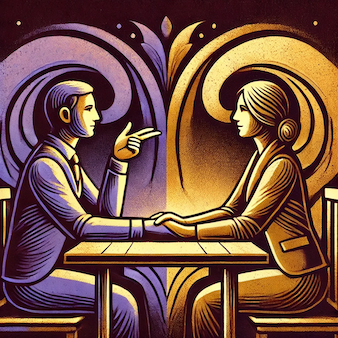
Zu hor eta ni hemen.
Let’s agree to disagree.
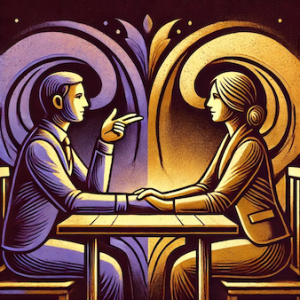
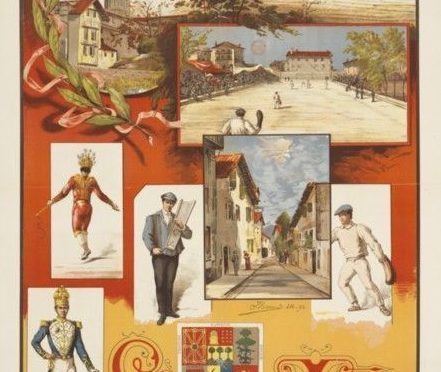
The motto Zazpiak Bat – or the equation 4+3=1 – is a common way to express the unity of the seven historical Basque provinces. The Basque coat-of-arms is called zazpiak bat, but the phrase means more than just the coat-of-arms. It expresses the common cultural and historical legacy of Bizkaia, Gipuzkoa, Araba, Nafarroa, Zuberoa, Lapurdi, and Nafarroa Beherea. It has become a unifying motto that can be seen and heard across the globe.
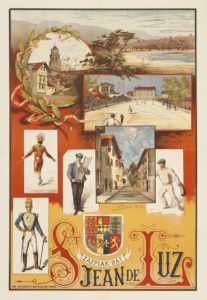
A full list of all of Buber’s Basque Facts of the Week can be found in the Archive.
Primary sources: Urkizu Sarasua, Patricio; Urkizu Sarasua, Patricio. Zazpiak Bat. Auñamendi Encyclopedia. Available at: https://aunamendi.eusko-ikaskuntza.eus/en/zazpiak-bat/ar-146820/; Zazpiak Bat, Wikipedia; Zazpiak Bat, Wikipedia; Basque Literary History, edited by Mari Jose Olaziregi, translated by Amaia Gabantxo, published by Center for Basque Studies

Amari egindako zorrak ez dira inoiz ordaintzen.
What one owes to one’s mother is never repaid.
